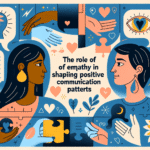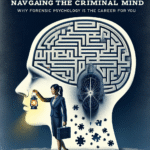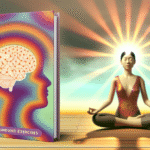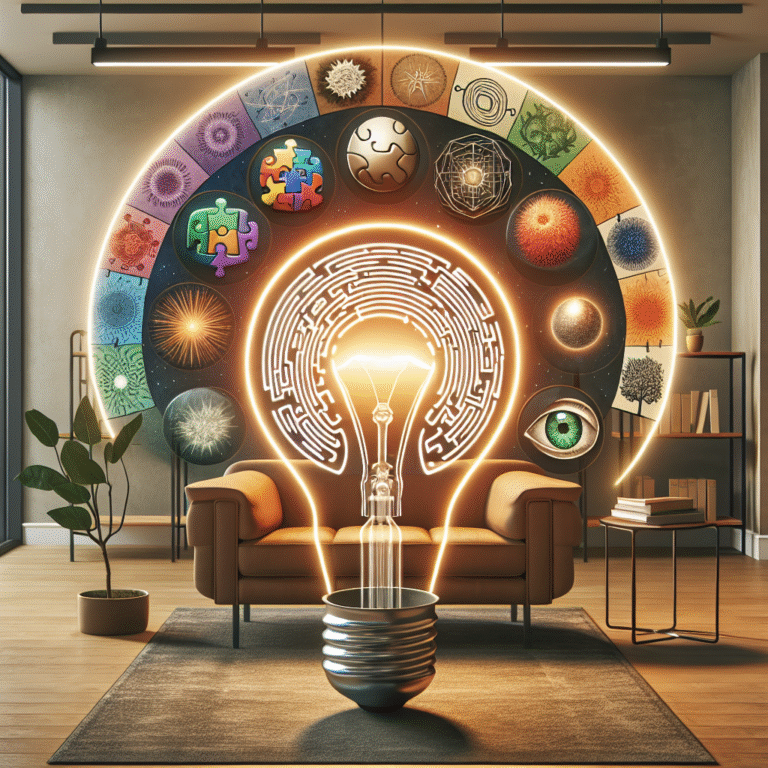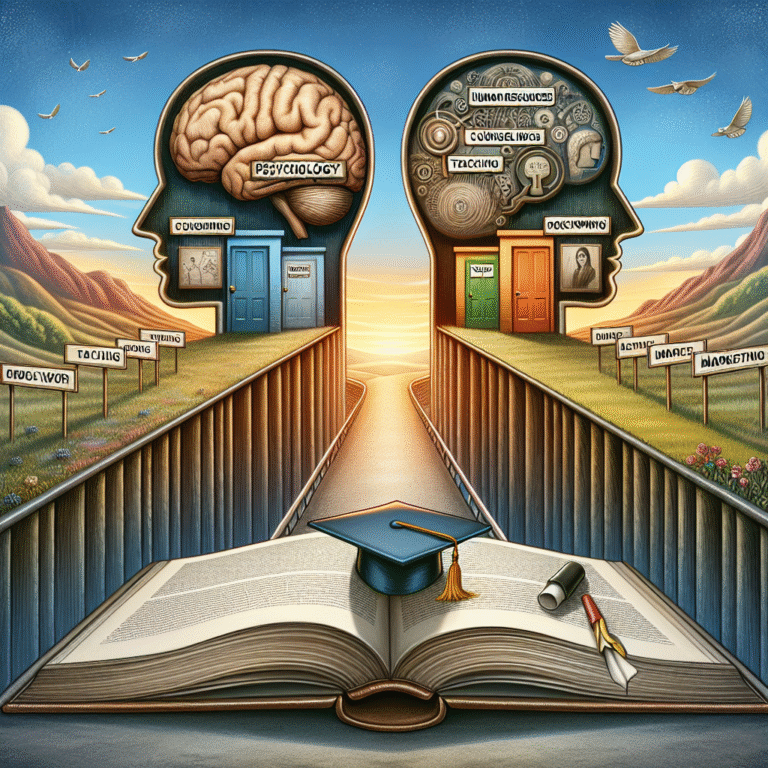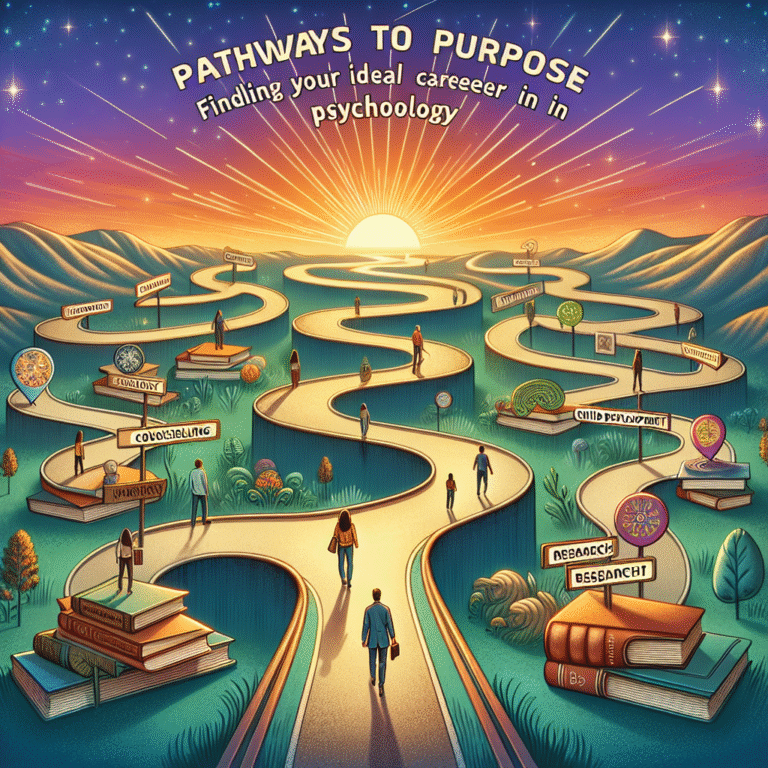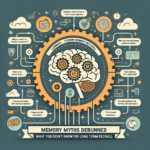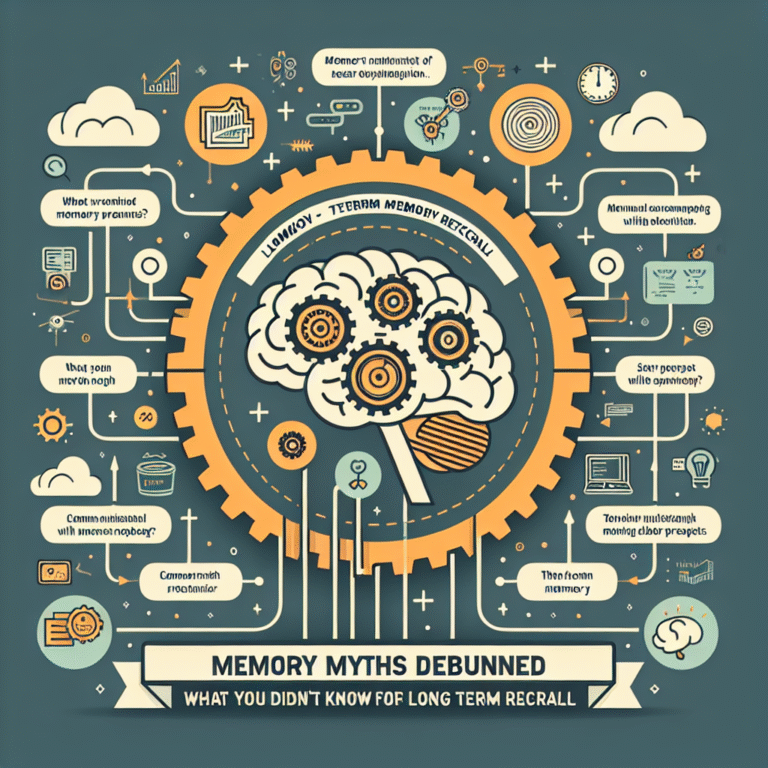
Introduction
In the fast-paced world of advertising, where first impressions can make or break a campaign, understanding the nuances of human perception is paramount. Enter color psychology in advertising—a powerful tool that brands can wield to influence customer decisions and elevate their messages. Imagine this: a vibrant red logo catching your eye, compelling you to pick up a product, or a calming blue design reassuring you of reliability and trust. This phenomenon is not merely coincidental; it hinges on color psychology and its profound implications for advertising efficacy.
As consumers are bombarded with marketing messages every day, the color choices brands make can mean the difference between an alluring invitation and complete indifference. In this article, we will explore the fascinating world of color psychology in advertising and identify the shades that sell. So, let’s dive into the colorful landscape of marketing and uncover the secrets behind color choices that captivate audiences.
The Science Behind Color Psychology
Understanding Color Psychology
Color psychology is the study of how colors influence perceptions and behaviors. Different shades evoke different feelings and associations, which can significantly affect consumer responses. According to research, colors are linked to emotional triggers that potentially influence decisions, making it essential for advertisers to choose wisely.
How Colors Affect Buying Decisions
Consumers often make snap judgments about a product within seconds of seeing it, and color plays a critical role in that immediate impression. A study by Color Matters found that 90% of snap judgments about products can be based on color alone, showcasing the immediacy of this effect. Let’s explore some key colors and their associated meanings through the lens of color psychology in advertising.
| Color | Associations | Common Uses in Advertising |
|---|---|---|
| Red | Urgency, excitement, passion | Clearance sales, food products |
| Blue | Trust, calmness, security | Financial institutions, tech companies |
| Green | Health, tranquility, growth | Eco-friendly brands, organic products |
| Yellow | Optimism, clarity | Fast food, children’s products |
| Purple | Luxury, creativity | Beauty products, high-end brands |
| Orange | Enthusiasm, warmth | Discount offers, call-to-action buttons |
| Black | Sophistication, elegance | Luxury goods, fashion brands |
| White | Simplicity, cleanliness | Healthcare, minimalist brands |
The Psychological Impact of Color
Colors can evoke emotions that connect deeply with consumers. For instance, the color red can stimulate appetite, making it a favorite among restaurants. Conversely, blue often denotes quality and trust, which is why financial services like banks frequently utilize hues in their branding.
Real-World Applications of Color in Advertising
Case Study: Coca-Cola versus Pepsi
One of the most striking examples illustrating the effectiveness of color psychology in advertising is the long-standing rivalry between Coca-Cola and Pepsi. Coca-Cola, recognizable by its vibrant red, invokes feelings of passion and excitement. Its association with happiness has made it a classic choice for joyful moments. Pepsi, on the other hand, utilizes blue in its branding, resonating with a sense of calm and reliability.
Analysis
The contrasting color schemes help differentiate their brand identities. Coca-Cola’s red elicits strong emotional responses while Pepsi’s blue aims for a more relaxed, youthful vibe, showcasing how color psychology in advertising directly relates to brand persona.
Case Study: McDonald’s and the Power of Yellow
The golden arches of McDonald’s are another quintessential example of color psychology in advertising. Yellow is prominently featured in its branding, symbolizing optimism and cheerfulness. The color is designed to be inviting, particularly appealing to families and children.
Analysis
The cheerful vibe of yellow creates a welcoming atmosphere, increasing foot traffic and encouraging return visits. This successful implementation of color psychology allows McDonald’s to maintain a positive brand image worldwide.
Case Study: The Luxury of Black in Advertising
Luxury brands regularly employ the color black to evoke sophistication and exclusivity. Chanel and Gucci prominently feature black in their marketing materials, reinforcing their positions in the high-end fashion marketplace.
Analysis
Black connotates elegance and power, making it an effective choice for luxury advertising. This allows brands to cultivate an aura of exclusivity, appealing to consumers with a taste for the finer things.
The Importance of Color Consistency
Building Brand Identity
Consistency in color usage across all touchpoints is crucial for establishing a memorable brand identity. Brands like Tiffany & Co. have successfully capitalized on their specific shades, creating immediate recognition among consumers.
| Brand | Color | Impact on Recognition |
|---|---|---|
| Tiffany & Co. | Tiffany Blue | Immediate brand recall |
| Coca-Cola | Red | Associated with happiness |
| Starbucks | Green | Linked to sustainability |
Emotional Cohesion Across Campaigns
Ensuring emotional cohesion through color consistency fosters stronger emotional connections with consumers. Brands that deploy varied color schemes in different campaigns can lead to customer confusion and weaken brand loyalty.
Trends in Color Psychology for 2023
The Rise of Muted Tones
As we move further into 2023, muted colors are emerging as significant trends in advertising. Brands are opting for softer shades to evoke a feeling of calm and authenticity, especially in an era marked by uncertainty.
Nature-Inspired Hues
With increasing attention on climate change and sustainability, nature-inspired colors such as earthy greens and browns are gaining popularity. They resonate with eco-conscious consumers and signal a brand’s commitment to environmental responsibility.
The Role of Technology and Color
As augmented reality and virtual reality continue to reshape how consumers interact with products, color psychology in advertising will evolve. Brands will need to adapt their color palettes for digital platforms, considering how colors translate in different settings, whether online or offline.
Conclusion: Unlocking Success Through Color Psychology
Understanding the ins and outs of color psychology in advertising is not just an intellectual exercise; it is an essential strategy for brands seeking growth and recognition. By selecting the ideal colors that resonate with their target audience, brands can craft messages that are not only visually appealing but psychologically impactful.
So, the next time you consider your brand’s visual identity, remember how crucial those colors can be. Will you choose vibrant red to instill urgency, or calming blue to foster trust? The shades you select may just carry the key to elevating your advertising efforts.
FAQs
1. What is color psychology in advertising?
Color psychology in advertising studies how different colors influence consumer feelings and behaviors, impacting their purchasing decisions.
2. Can color impact brand loyalty?
Yes, consistent and emotional color choices can enhance brand loyalty by creating stronger connections with consumers.
3. What color increases appetite?
Red and orange are both colors known for stimulating appetite, which is why many fast-food restaurants utilize them in their branding.
4. How do colors affect online advertising?
Colors can influence click-through rates and overall effectiveness, as users may respond differently to colors in digital formats compared to traditional advertising.
5. Are there cultural differences in color perception?
Yes, cultural differences can influence how colors are perceived and what emotions they evoke, making it essential for global brands to research their target markets.
In summary, color psychology in advertising: what shades sell? is an ever-evolving area that combines creativity with analytical strategies. Harnessing the power of color can lead to compelling advertising campaigns that not only reach but resonate with your intended audience. So go ahead—explore the vibrant world of colors and unlock new avenues for your advertising ventures!
